Detour #239: Coast to Coast through Italy's Unsung Basilicata Region
Photo Alexis 683 / Unsplash
Italy's little-known Basilicata region lays claim to two coastlines, one on the Tyrrhenian Sea and one on the Ionian. You can drive between the two directly in around two hours, but the area has a knack for making travellers pause, stop, detour and digress.
Over two languorous, sun-drenched days, I meandered my baby blue Fiat 500 between the region’s black beaches, cliff-clinging villages, Greek temples and cities of caves. I drove along roads from sweeping highways with sea views to tight switchbacks up mountainous ascents. The fuel? Mozzarella woven into plaits while-you-wait, sausages made from an ancient Roman recipe and homemade pasta.
My route begins at the black beaches on Basilicata’s western Tyrrhenian coast where the teal sea laps at silvery-dark sand. I take the gently-curving coastal SS18 Tirrena Inferiore heading north with the shimmering water below on my left and wind down to the pocket-sized port of Maratea. Though not on many tourist radars, the seaside spot is a favourite for the well-to-do in the nearby cities with gourmet seafood restaurants and five-star hotels like Santavenere with private sea access.
Photo Shutterstock
I drive out of the port along the Via Porto Arenile, joining the Strada Provinciale Maratea-Castello and following signs to upper Maratea. Just before arriving at the historic centre, I turn off to the left following directions for ‘Redentore’. The road immediately ups the ante with a series of precipitous hairpin bends leading to a narrow straight hugging the mountainside with a vertiginous view of the cobalt sea below. After turning left onto the Contrada Santa Caterina, I tackle another few switchbacks and arrive at Basilicata’s riff on Rio’s Christ the Redeemer statue: Cristo Redentore, a 21-metre-tall sculpture in white marble crowning the clifftop, arms outstretched embracing the coastline below.
Back down and turning right onto the Via San Francesco dei Poverelli, I squeeze through the narrow cobbled streets of upper Maratea (where my compact Fiat is in her element). The village is a cluster of pastel-coloured houses and little piazzas with painted ceramic bar tables shaded by parasols. Despite only being home to around 5,000 inhabitants, Maratea bears the nickname ‘the city of 44 churches’. Keep an eye out as you’re driving and you’ll note that the town and surrounding factions have a remarkable multitude of churches, chapels, monasteries and shrines.
I leave Maratea along the Via A. Mandarini, Via S. Elia and then Via Campo and follow signs to Trecchina. The roads here aren’t wide enough to have a central white line but traffic is light and in the form of elderly men in caps driving beaten-up Pandas and chugging three-wheeler vans. The route is flanked by mossy walls, sun-dappled woods and olive groves. I join the E45 motorway—a surprising pleasure thanks to the dearth of other vehicles— and take the exit for Atena Lucana. The SS585 continues to Brienza where I turn off onto the SS95 and join the E847 passing the gritty suburbs and dilapidated highrises of the regional capital Potenza. After the exit for Castelmezzano, the road penetrates through the mountain in a series of tunnels before spitting me out at an elevated stretch flanked by bare limestone pinnacles. I turn onto Via S. Croce, which sweeps me up the mountainside as more jagged rocks surge out of the surrounding mass of green. Before me are the vertically-stacked houses of Castelmezzano cupped by colossal stone peaks rising up behind the village like giant shards stuck into the hillside.
Photo Shutterstock
The first section of road leading out of Castelmezzano the next morning looks like a child has scribbled on the map. A dizzying series of irregular hairpins, doglegs and switchbacks along the SP13 takes me through the village of Pietrapertosa which, like Castelmezzano, clings to a mighty limestone ridge. Dipping back down on the SP277 and SP103, I have a winding, single-track road to myself and miles of untamed hillside and gnarled trees to take in at leisure. After 50km, I turn off onto the Strada Comunale Stigliano, a grass-encroached tarmacked track without houses in sight, following signs to Craco. The spine-tingling ‘ghost town’ is one of Basilicata’s smattering of villages abandoned by residents seeking easier and more profitable occupations in the cities. A few donkeys watch me impassionately as I walk the perimeter looking at the disintegrating buildings that look ready to crumble back into the rocky outcrop they crown.
Photo Giulia Gasperini
From Craco, I turn north along the ribbon-like SP176, onto the E847 and then SS7, exiting at Matera. The city was Basilicata’s underdog—until the 1950s inhabitants lived in squalor and poverty in ancient caves. Their troglodyte existence became dubbed ‘Italy’s shame’ and residents were relocated to cheap housing blocks in the suburbs. A decade or so ago, however, the city’s fortune changed. James Bond hurtled around it in a gadget-loaded DB5 in No Time To Die while savvy investors turned the slumlike caves into five-star hotels.
On the third morning, I speed south along the wide SS7 and SS3 that scythe through a barren landscape of dusty fields and thirsty crops to the southern coastline. Just before reaching the Ionian sea, I stop at the Archeological Park of Metaponto whose majestic Magna Grecia temples recall the golden age of this forgotten, deep-south corner of Italy.
Words Rebecca Ann Hughes





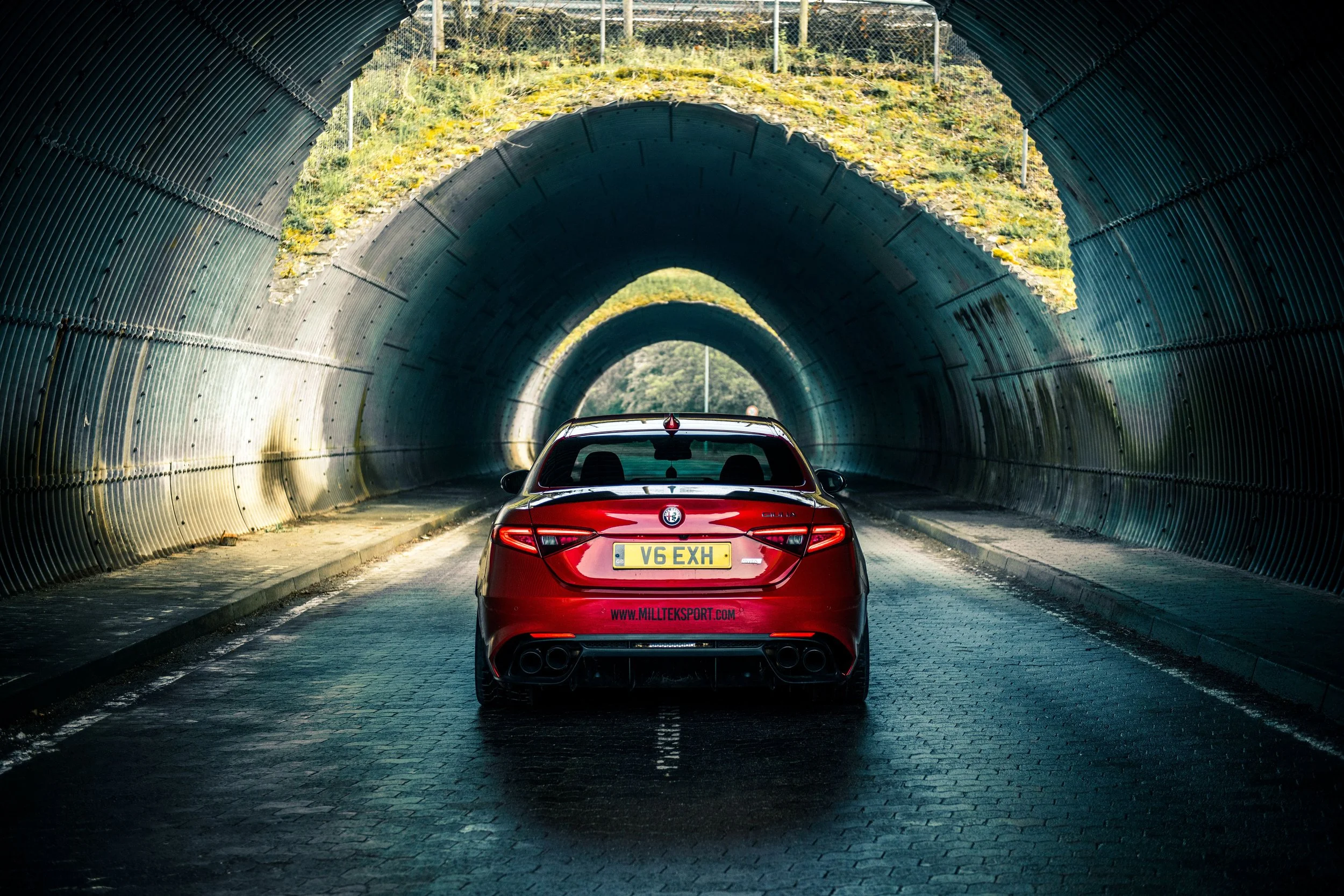
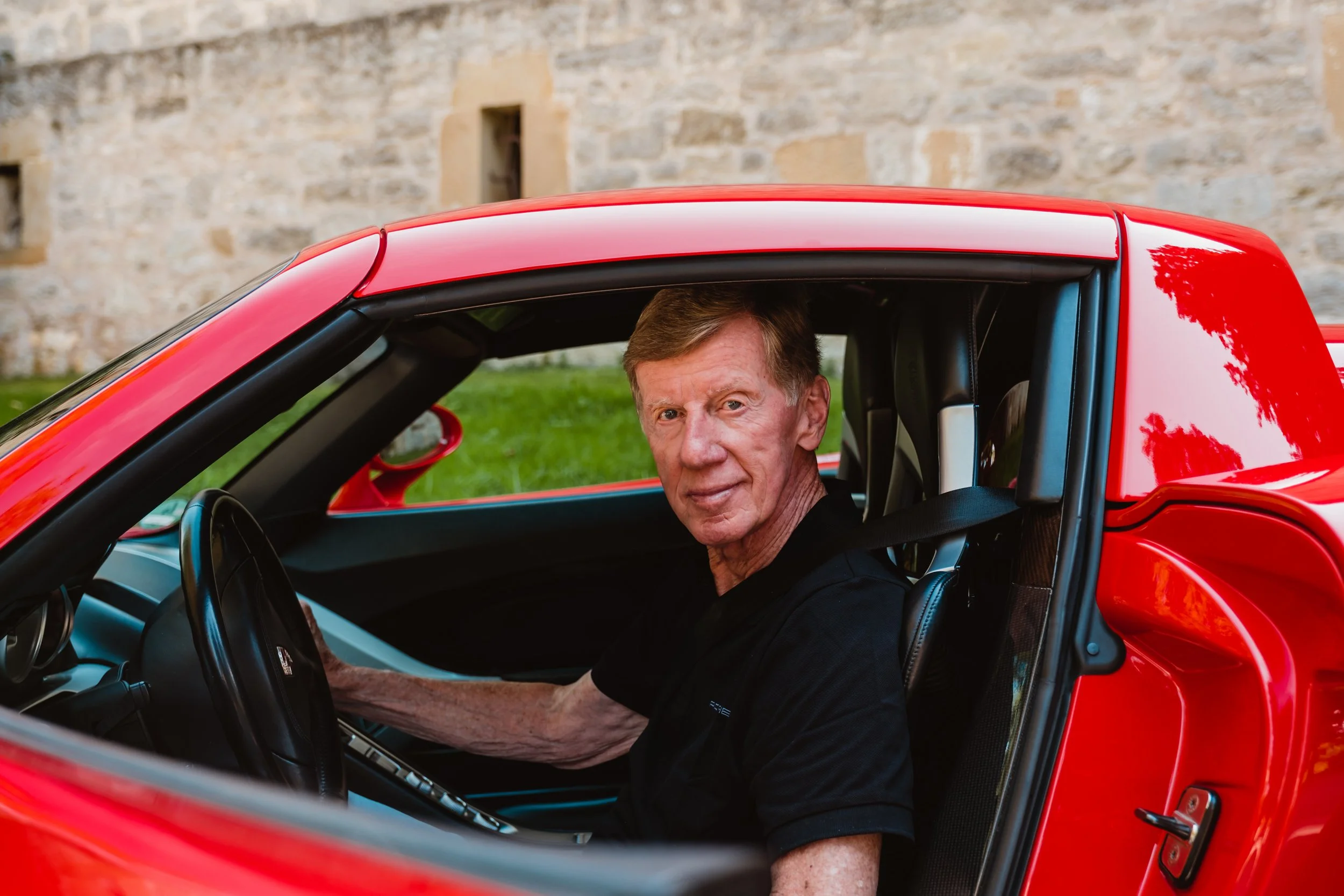
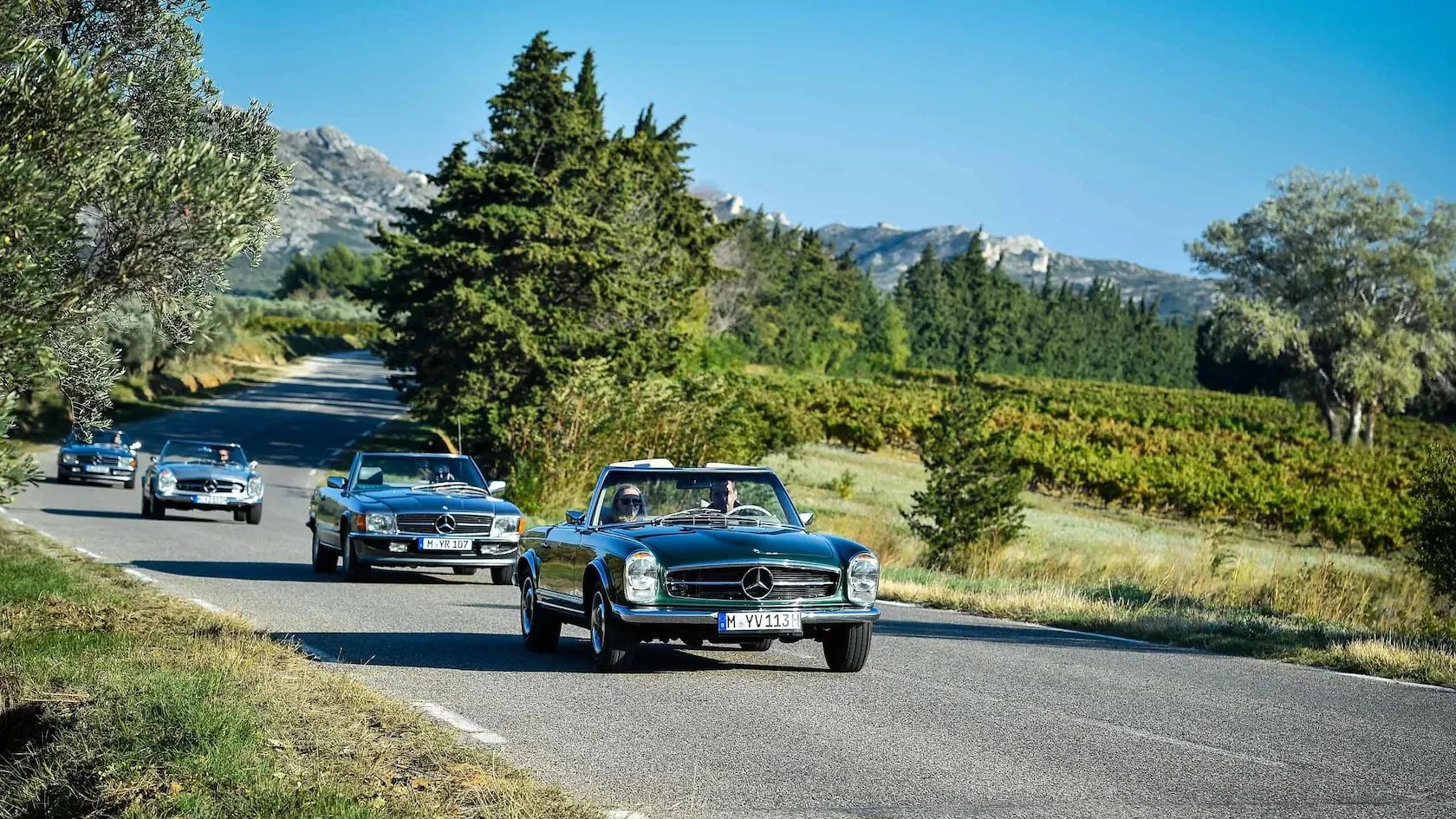

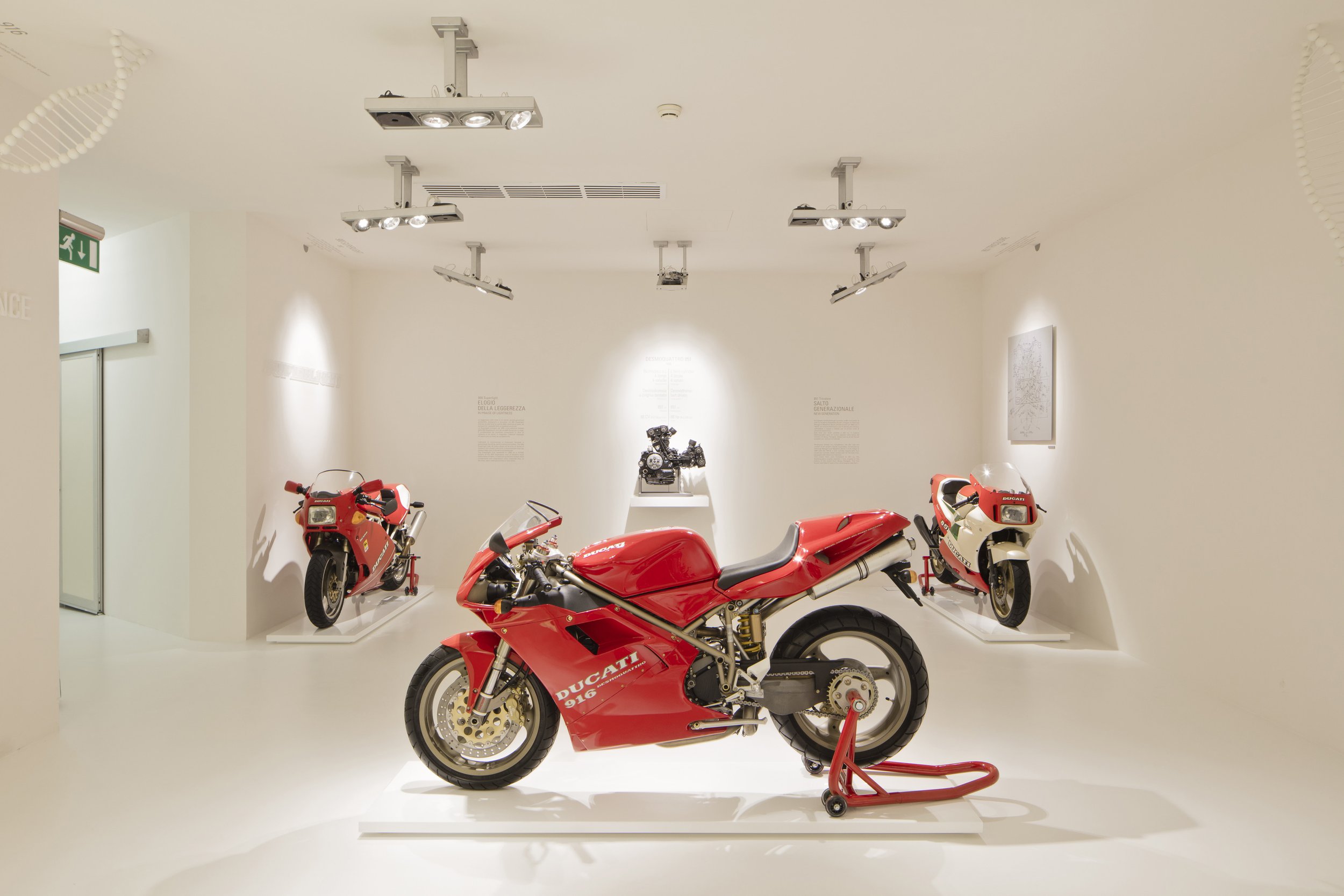




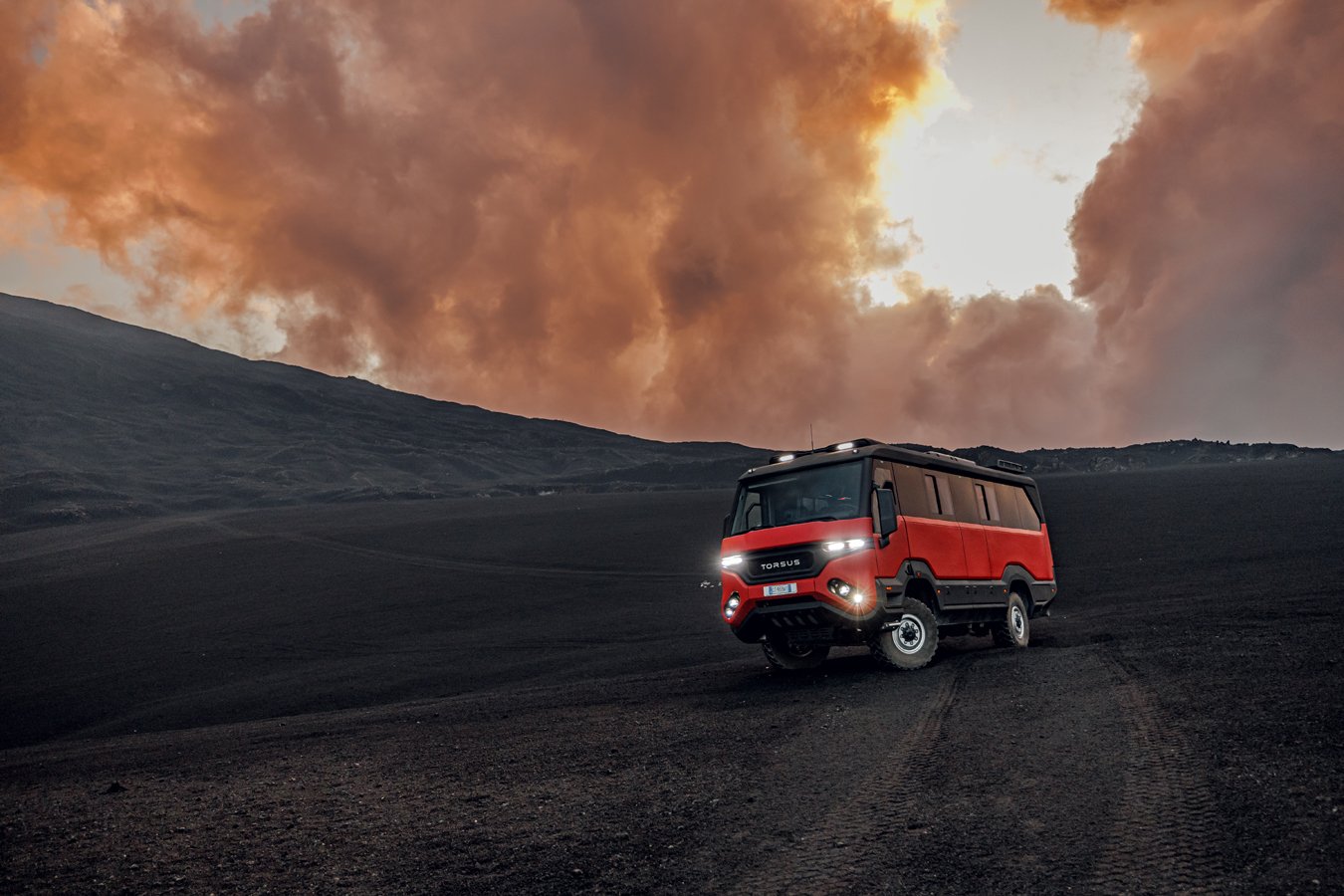
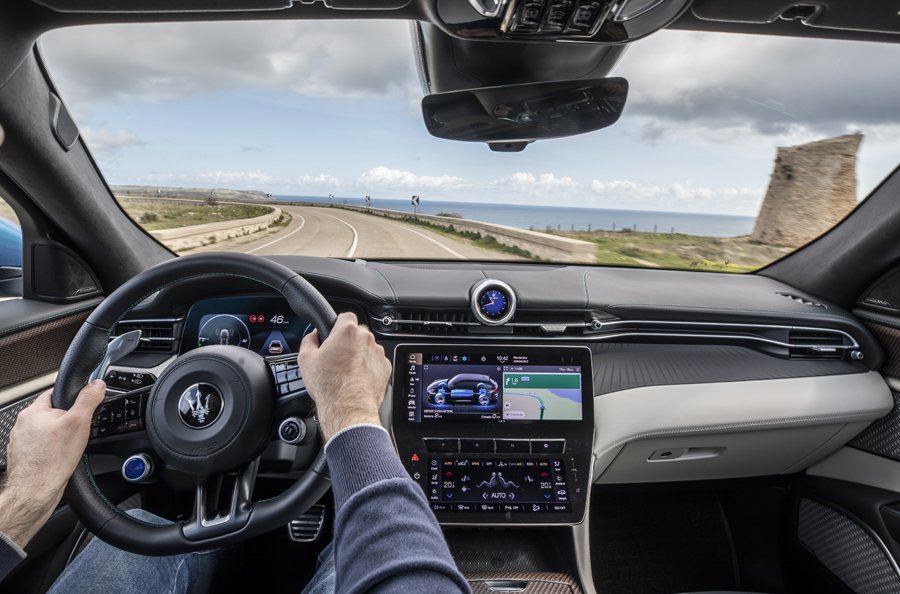

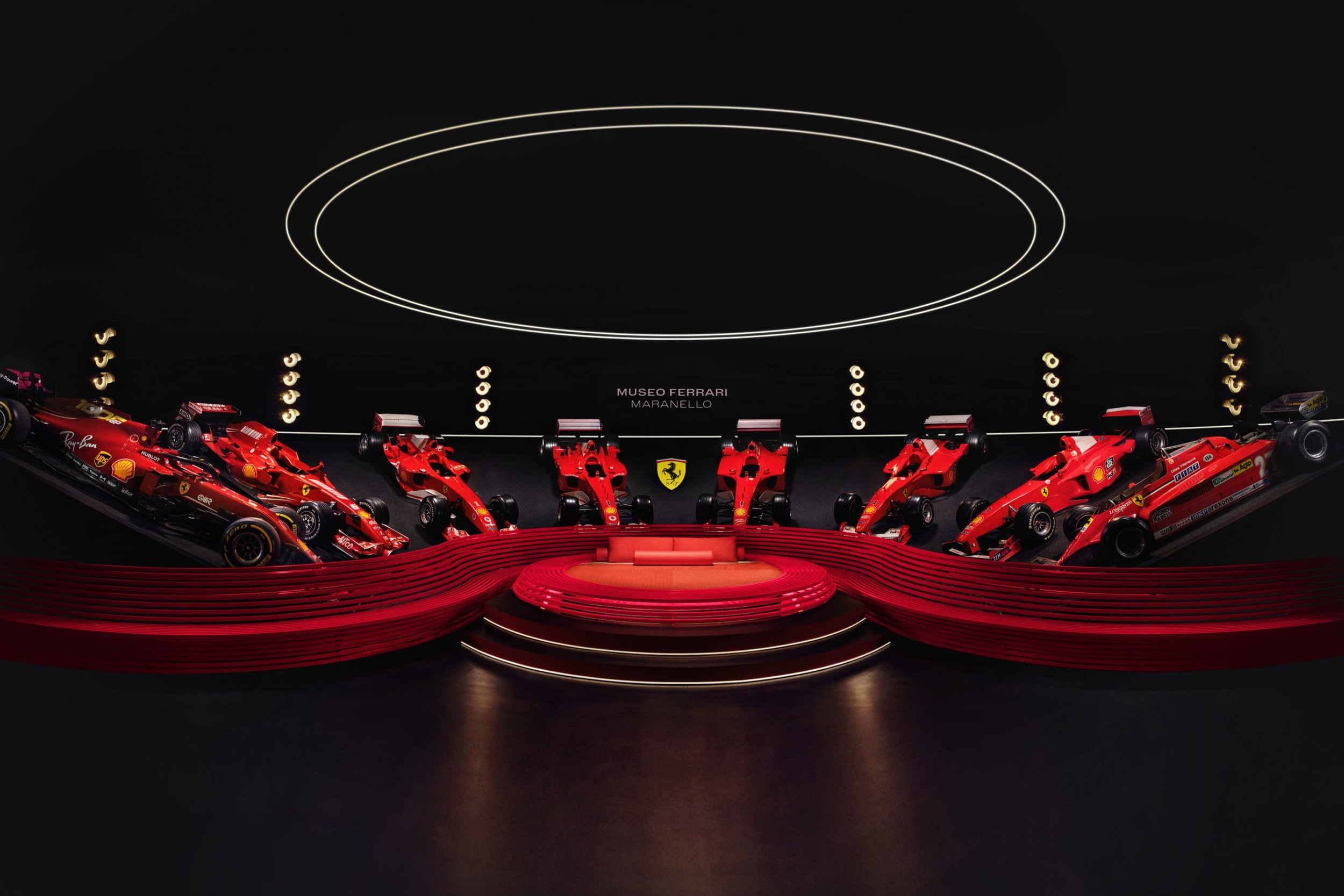
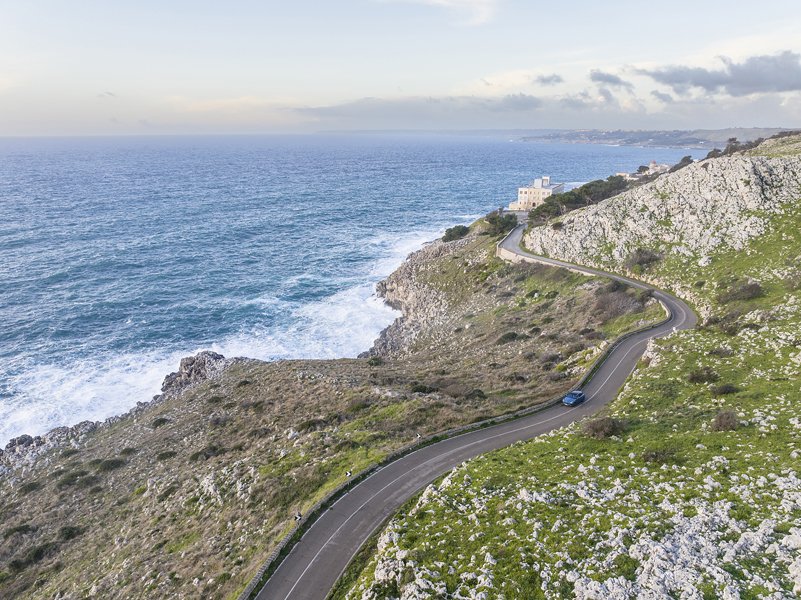











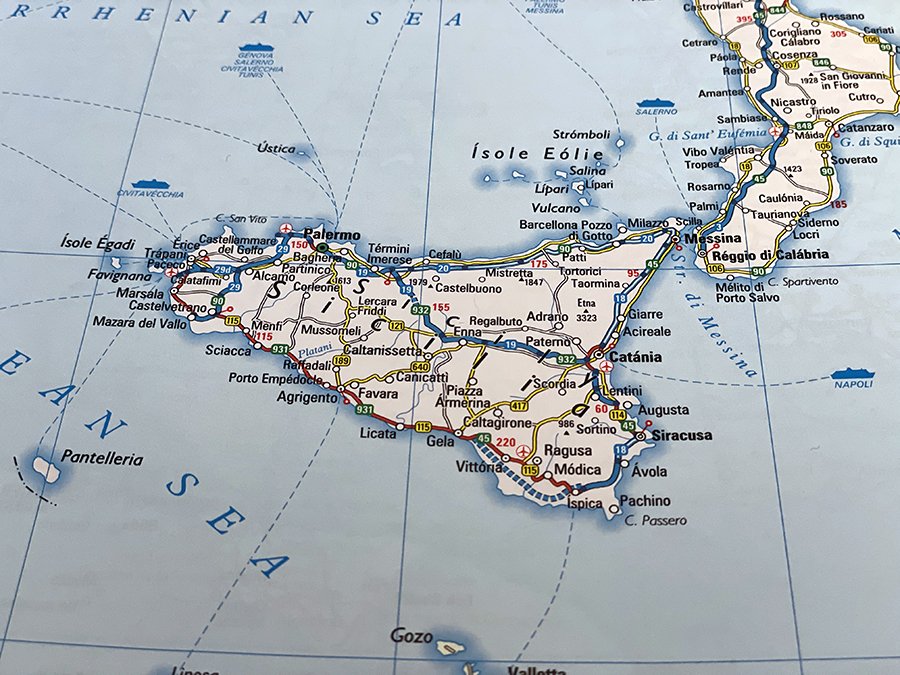



Two centuries ago possibly the most famous mountain pass… in the world was completed.